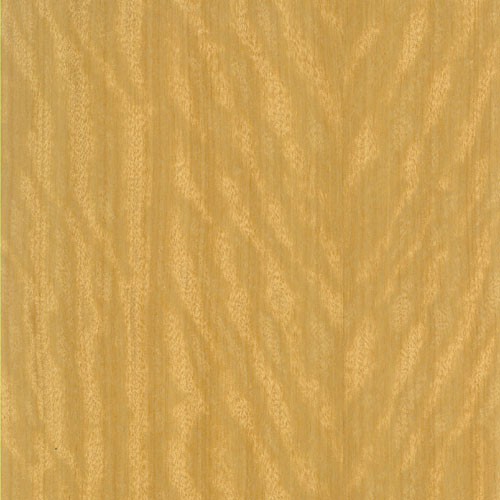White Poplar
[Populus alba]
Also known as the “Silverleaf Poplar,” the White Poplar has a vast native footprint, ranging from Morocco to China, including Central and Southern Europe, North Africa, and Western and Central Asia.
In Ancient Greco-Roman mythology, the White Poplar was a symbol of a peaceful afterlife and a memory of loved ones who had died.
It also played a significant role in art history. Especially in Italy, where White Poplar was the most-commonly used wood for wood panel paintings during the Middle Ages and Renaissance. In fact, the Mona Lisa by Leonardo da Vinci is painted on a White Poplar panel. Many sculptors from Europe, China, and the United States loved working with White Poplar as well, with an excellent example being The Penitent Magdalene by Donatello in 1455.
A prolific growing tree that’s resistant to drought, salt and borers, the White Poplar is often used today for reforestation projects, as windbreaks, and erosion control efforts along riverbanks and roadsides.
An elegant, clean looking wood, White Poplar is a creamy white to pale brown color. The grain is generally straight, with a fine, even texture.
It’s used for a myriad of applications – from furniture and boxes, to match sticks and sports equipment – but premium grade White Poplar also makes for beautiful high-end wood veneer sheets, custom plywood, and fine furniture.
Species Distribution:
Central Europe
Southern Europe
Portugal
Germany
Poland
Morocco
Central Asia
Common / Alternative Names:
Silver Poplar
Silverleaf Poplar
Janka Hardness:
410 lbf
Sustainability Status:
CITES Appendices: Not listed
IUCN Red List of Threatened Species: Not listed
Related Species:
Balsam Poplar (Populus balsamifera)
Eastern Cottonwood (Populus deltoides)
Bigtooth Aspen (Populus grandidentata)
Black Poplar (Populus nigra)
European Aspen (Populus tremula)
Quaking Aspen (Populus tremuloides)
Black Cottonwood (Populus trichocarpa)









